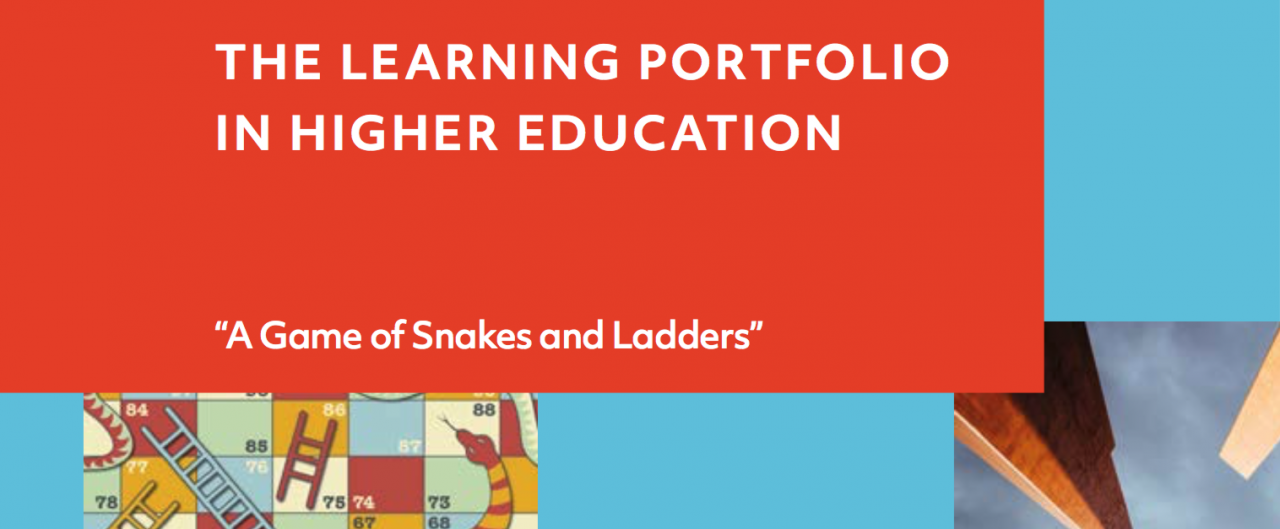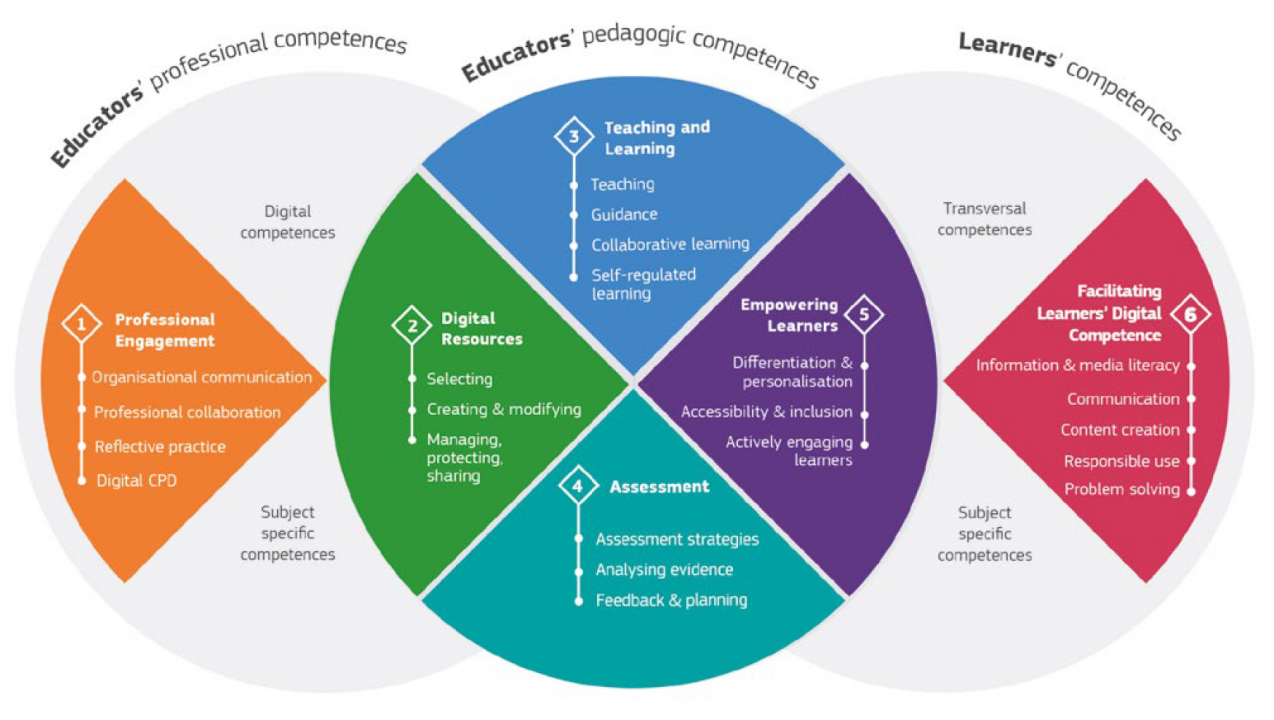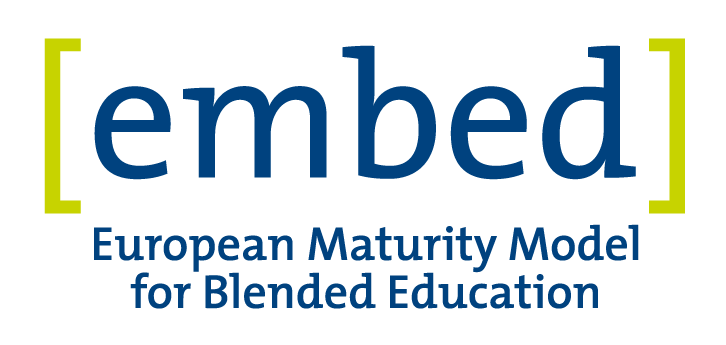Last week the DCU's National Institute for Digital Learning (NIDL) and the Centre for Assessment Research, Policy and Practice (CARPE) published an interesting report on portfolio use in higher education. The report synthesizes and reviews the literature on the use of the 'learning portfolio' in universities and higher education institutions.
Traditionally the (paer-based) portfolio was associated with the fine arts/design as a means for individuals to showcase samples of their work. Nowadays the portfolio is used as a pedagogical and assessment tool in all different kind of disciplines and in all levels of education. The definition the authors mention is a good reflection of this:
‘a portfolio is an organized compilation that demonstrates knowledge, skills, values and/or achievements and that includes reflections or exegesis which articulate the relevance, credibility and meaning of the artefacts presented.’
In the report they distinguise three types of portfolios:
- showcase portfolio: this most closely resemble the original paper-based portfolio
- summative/evalution portfolio: students receive a grade based on the work submitted in their portfolio.
- Learning Portfolio: Unlike showcase and assessment portfolios, learning portfolios may include drafts and ‘unpolished’ work, with the focus broadened to include the process of compiling the portfolio, as well as the finished product.
The report focuses on the learning portfolio.


